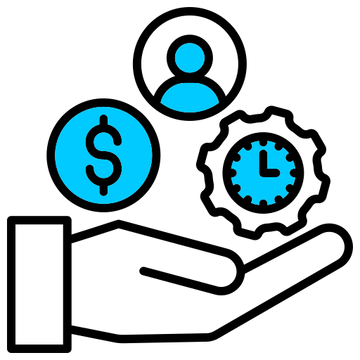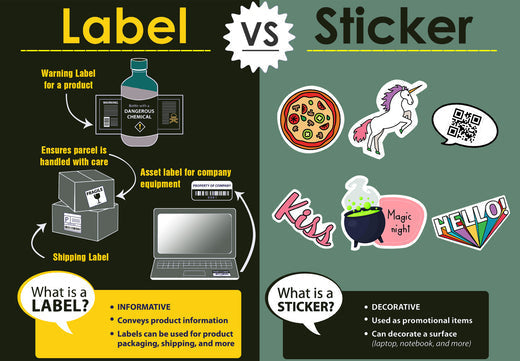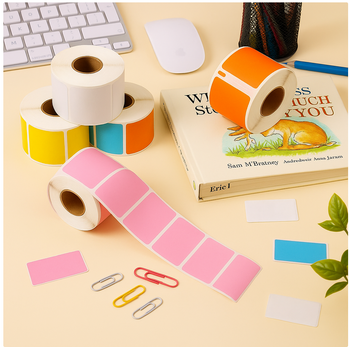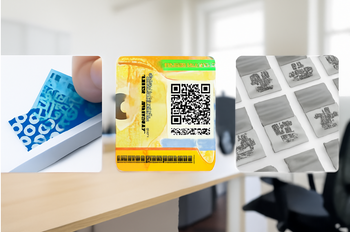

Removable Film Labels
Written by: Kelly Chen
|
|
Time to read 2 min
Labels and stickers are often used interchangeably, but there are distinct differences between these two adhesive products that are important to understand for their proper application and use.
Table of Content
A label is a piece of paper, plastic film, cloth, metal, or other material affixed to a container or product. Its primary function is to provide essential information about the item, such as contents, usage instructions, or manufacturer details.
Labels are designed to seamlessly integrate with the product's packaging, often using the same color scheme and font to maintain a professional and cohesive appearance.
Labels comes in sheets or rolls, and are cut to a specific size.
Common uses for labels include:
A sticker is a type of label made of paper or plastic with an adhesive backing, allowing it to be attached to various surfaces. Unlike labels, stickers are often used independently of a product's packaging and serve a wide range of purposes, from decorative to informational.
Stickers are commonly sold in individual pieces or on rolls, offering more flexibility in terms of size and shape. They often feature vibrant colors, varied fonts, and unique designs to stand out and catch the eye.
Typical applications for stickers include:
While labels are designed to blend with the packaging or object they're attached to, stickers are often more visually distinct, featuring vibrant colors, varied fonts, and unique designs.
Labels are usually more formal in appearance, often including barcodes or QR codes, while stickers come in a wider variety of shapes and finishes.
Despite their differences, labels and stickers share some key similarities. Both are adhesive-backed and often made of durable matte paper or film material. They come on a paper backing to protect the adhesive and are available with permanent or removable options.
Additionally, labels and stickers are often printed using similar equipment. This means that customization options, such as specific colors, logos, and text, are available for both products.
Understanding the distinctions and similarities between labels and stickers is essential for making the right choice based on your specific needs.
In conclusion, while labels and stickers may seem similar at first glance, they serve distinct purposes and have different characteristics. Labels are primarily used for providing information on products or packaging, while stickers have a wider range of applications from promotional to personal expression.
Whether you require informative labels for product packaging or decorative stickers for personalization, Betckey offers a comprehensive range of high-quality label and sticker solutions.
If you want to buy thermal labels or sticker paper, you can check out more on our store

24/7 support team

Multiple Payment Methods

Worry-free shopping

Delivery in 3-7 business days
Be the first to know about label discounts,
product launches, and time-saving tips — subscribe now!
Are you 18 years old or older?
Sorry, the content of this store can't be seen by a younger audience. Come back when you're older.
I use these to print information tags and barcodes/prices for my boutique. The tags allow me to include all information required for customers to understand the item fully, and because the labels are sticker, it allows them to transfer this information into booklets which they keep for referencing. Highly recommend.
I have a Brother QL-800, and these label rolls fit perfectly. The glue sticks well to smooth surfaces, and the printing is clear. I like that each roll has its own mounting plate. I use a lot of labels because I like to stay organized, so these will last me a few months, but I will need more later. If I notice any problems with quality or durability, I will update this review.
Fits easily on all containers.
I was using another brand before, but Betckey‘s labels are way better.
Dymo 30252 Compatible Address Labels 1-1/8" x 3-1/2"
So far, seems to work just fine. Set up was less than optimal, but made it through it.





